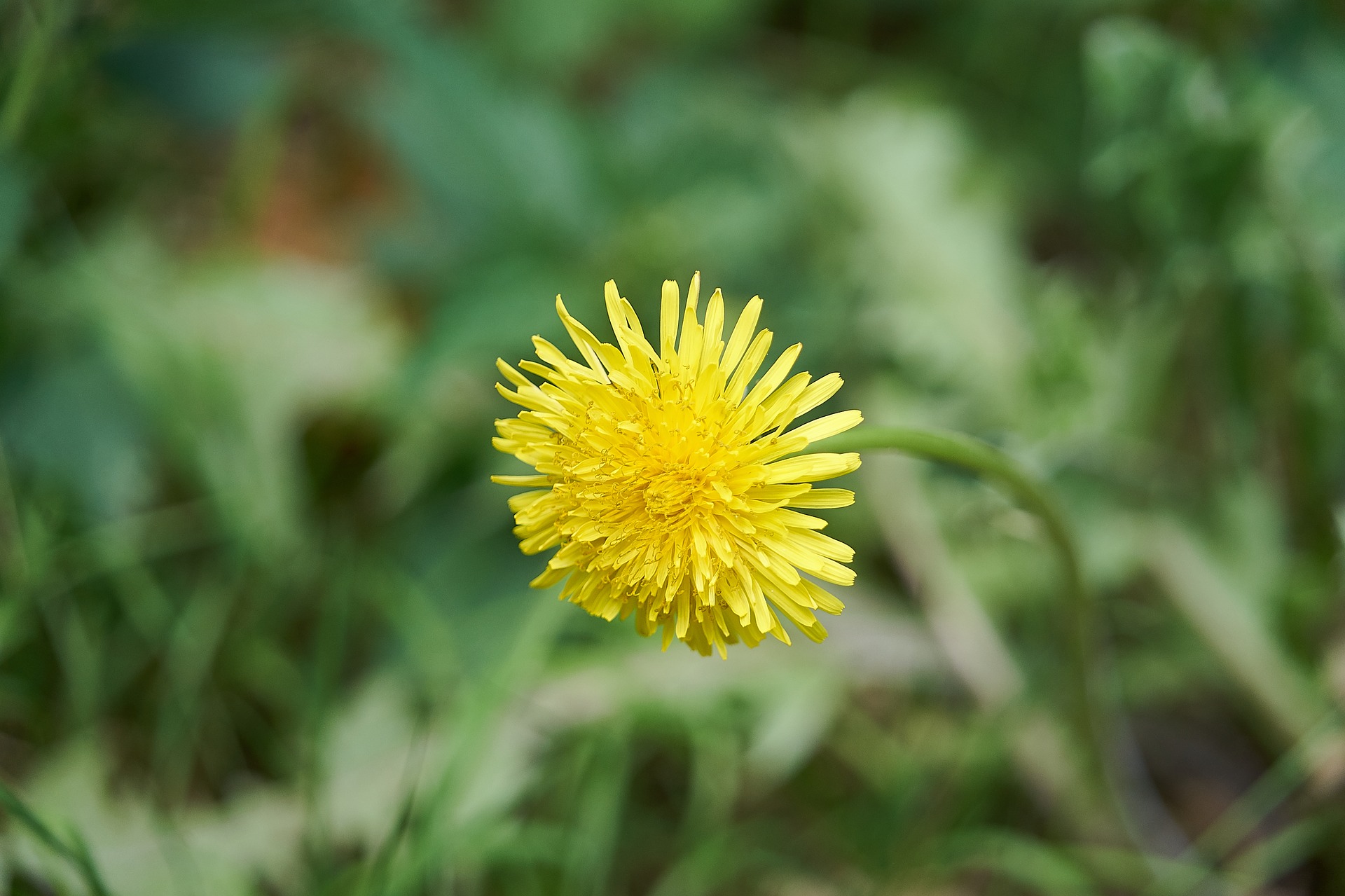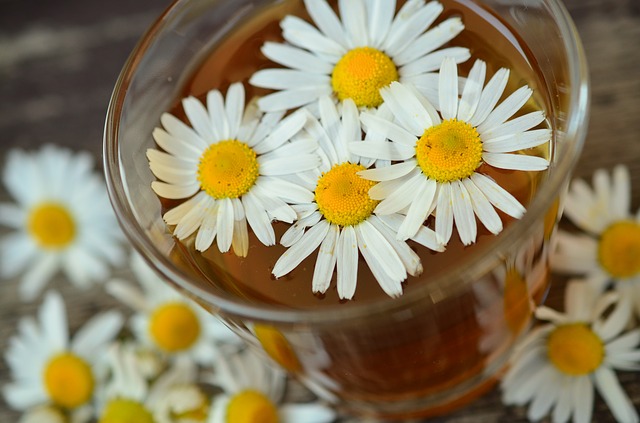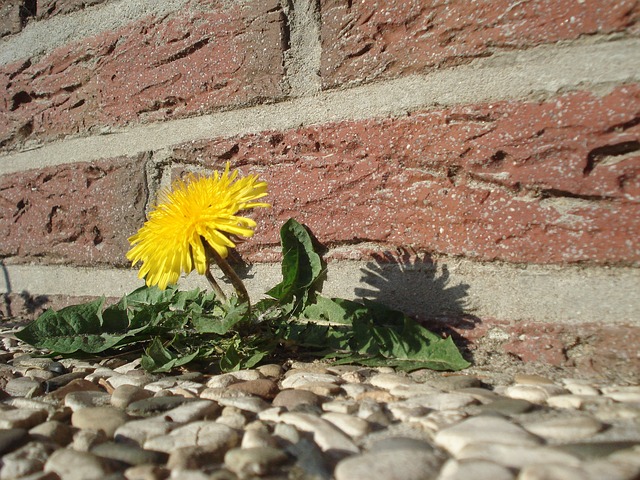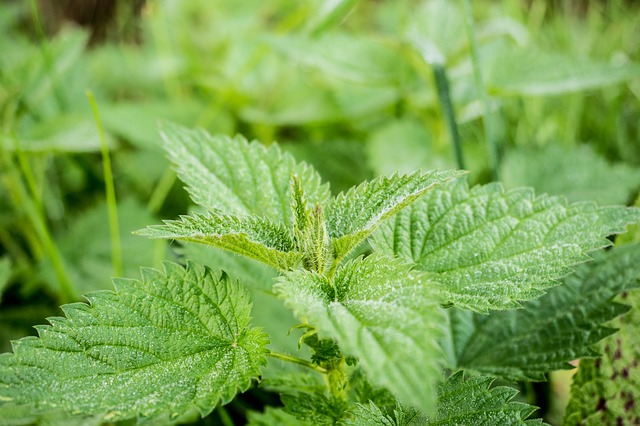
No, this article isn’t a cover for that other “medicinal herb”, though it’s becoming legal in an increasing number of areas. What we’re talking about here are some fairly common plants that you can grow in a simple herb garden. These plants are good to have around for various minor injuries and ailments.
If you enjoyed the article on survival gardening that was recently posted at this blog, then this information may be particularly useful to you. Read on to find the medicinal herbs that make great indoor garden additions whether you’re living off the grid or not.
Chamomile

Chamomile is one of the plants that was on our list of best seeds for packing in a survival gardening bug-out bag. It’s at the top of the list for medicinal herbs to grow at home too, for several reasons. First, chamomile is super easy to grow inside. It doesn’t require much shade, and you can forget about for a while with no harm done.
If you’re a fairly lazy gardener, or you’re just busy with other things, growing your own chamomile is a safe bet. It thrives in shade, so you don’t need any special lights in order to grow it indoors. And it’s not greedy about water or fertilizer.
Second, chamomile has several medicinal uses. It acts as a stomach soother in case of many minor stomach irritations. It can aid in getting relaxed for sleep. And it can also be applied topically to soothe minor skin irritations. It’s also full of antioxidants that lower inflammation and improve overall health. It’s safe to eat the leaves and flowers, but most people steep them into a tea.
Dandelion

Sure, dandelions grow wild all over the place, but you probably don’t want to eat something that potentially has pesticides and other chemicals sprayed on it. They’re considered a weed because they take over most areas they inhabit. But just because they’re a weed doesn’t mean you can’t grow them on purpose instead of trying to get rid of them.
Like chamomile, the leaves and flowers of dandelion can be used in a variety of topical skin treatments and turned into a tea to increase appetite. Some people also like to roast and brew the roots of dandelion as a coffee substitute, but it won’t have caffeine in it. Interestingly, despite not having caffeine, it still does coffee’s job of stimulating the digestive system because dandelion is a natural diuretic. That means it moves fluid through the body.
Nettles

Also known as stinging nettles, this plant earns its name for a reason. When you brush up against the leaves, the tiny sharp hair-like structures will create a stinging sensation and may leave a rash. That being said, they’re another weed and are just as easy to grow as chamomile and dandelion.
If you don’t mind putting on gloves to do your indoor gardening, you’ll find many health benefits from making a nettle tea. In addition to reducing inflammation and providing a heap of vitamins, ingesting nettle may reduce allergy symptoms by binding histamine receptors.
All the herbs on this list are easier to grow than your typical houseplants, and they each have a practical use. Try growing your own, and hit us up at Indoor Cultivator to let us know how it goes.
